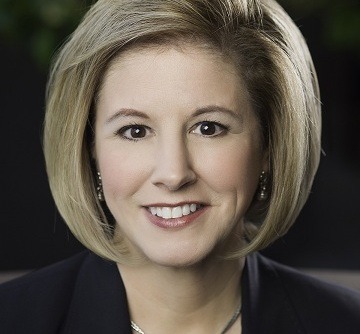When a visitor comes to Washington, we’re hosting a very special guest. Every hotel, restaurant, shop and attraction wants to make the best possible impression on these VIPs because we want them to love us and keep coming back.
Why? Because Washington would have less retail, fewer restaurants, fewer events and less money to support important community projects without visitors. Through spending and taxes, they expand our economy and improve our quality of life.
That’s the premise behind good tourism. Not only in Washington state or in Clark County, but for any destination that values the economic boost tourism infuses into our communities.
Unlike many communities though, Washington does not have a tourism program. In fact, Washington is the only state in the U.S. without a robust tourism promotion program.
Tourism remains the fourth largest industry in Washington, but the state’s share of tourism growth has been below the national average for the past four years. We’ve been losing our share of the tourism pie to other states since the state Legislature closed the state tourism office in 2011.
In 2013 (the latest year with economic data available), tourists spent $17.6 billion in Washington. They contributed $1.1 billion in state and local tax revenues. In Clark County alone, visitors spent more than $467 million and accounted for $31 million in local and state taxes. Those are big numbers to be sure, but closer analysis shows those numbers could be much larger. Visitor spending to Washington increased in 2013, but at a much slower pace than past years.
There is reason for optimism though: two bills, HB 1938 and SB 5916, have been introduced in the Legislature that would re-establish a robust statewide tourism marketing program.
Spearheaded by the Washington Tourism Alliance (WTA), these bills would create a nonprofit tourism program supported entirely through assessments and voluntary contributions. Individual businesses within identified tourism sectors (accommodations, attractions, food service, retail and transportation) will pay a small annual assessment based on sector and business size.
Critics of the assessment may point to the burden it could place on local businesses at the expense of marketing the state as a whole. However, take for example a tourism-supported attraction that earns $200,000 to $600,000 in adjusted-gross revenue. Based on the assessment, such a business would pay $100 annually. In our view, this investment is well worth the long-term, positive effects of driving more visitors to our state and local businesses.
Through these assessments, WTA will reach an estimated target of a $7.5 million budget. This budget still pales in comparison to the tourism budgets of fellow Northwest states like Oregon, Idaho and Montana ($12 million, $9 million and $18 million respectively), but it will be a start to getting us back in the game of tourism marketing.
It’s a new beginning – literally starting from zero in 2011 to having a statewide program, four years later, fueled by solid private funding.
Last year, lawmakers gave us their nod of support by passing the blueprint for our plan. Now, we’re asking legislators to take the final step and approve the fine print that will provide us with the mechanism necessary to collect the funding.
We are confident that by telling our story again, we’ll be able to increase travel to Washington. Visitor spending will increase. Jobs will grow. Tax revenues will increase. We’ll gain greater attention from businesses considering relocation. It makes good – no, it makes great – business sense to promote to the world one of our greatest assets: the state of Washington.
Kim Bennett is the president & CEO of Visit Vancouver USA. She also serves on the Washington Tourism Alliance Board of Directors.










